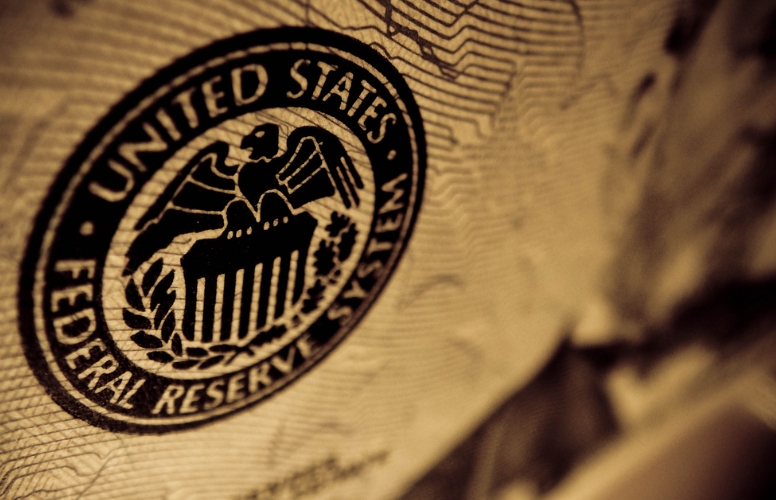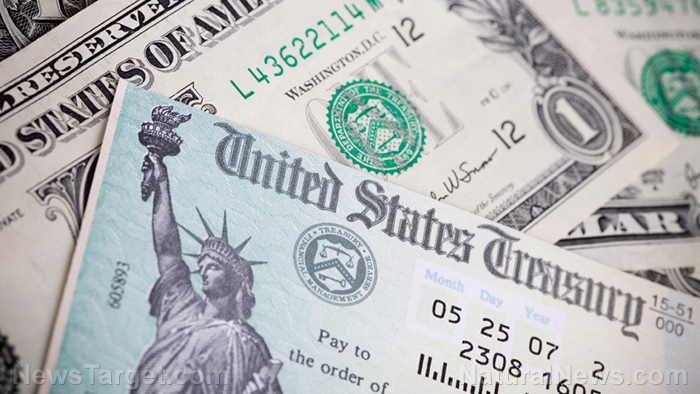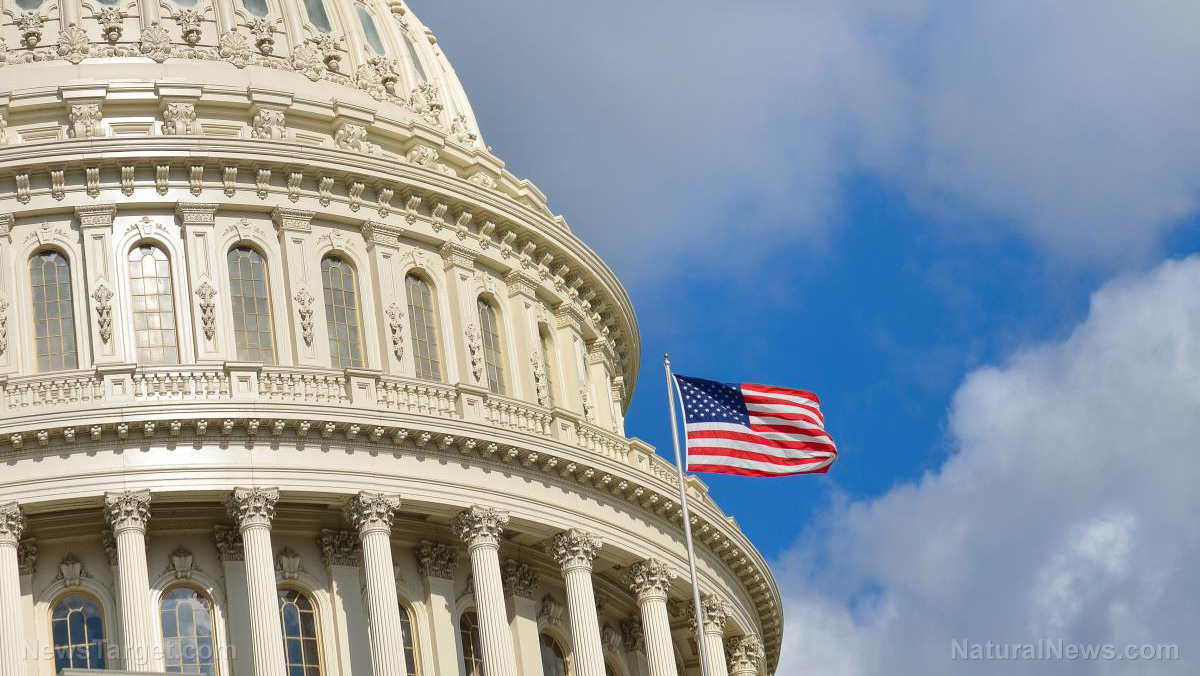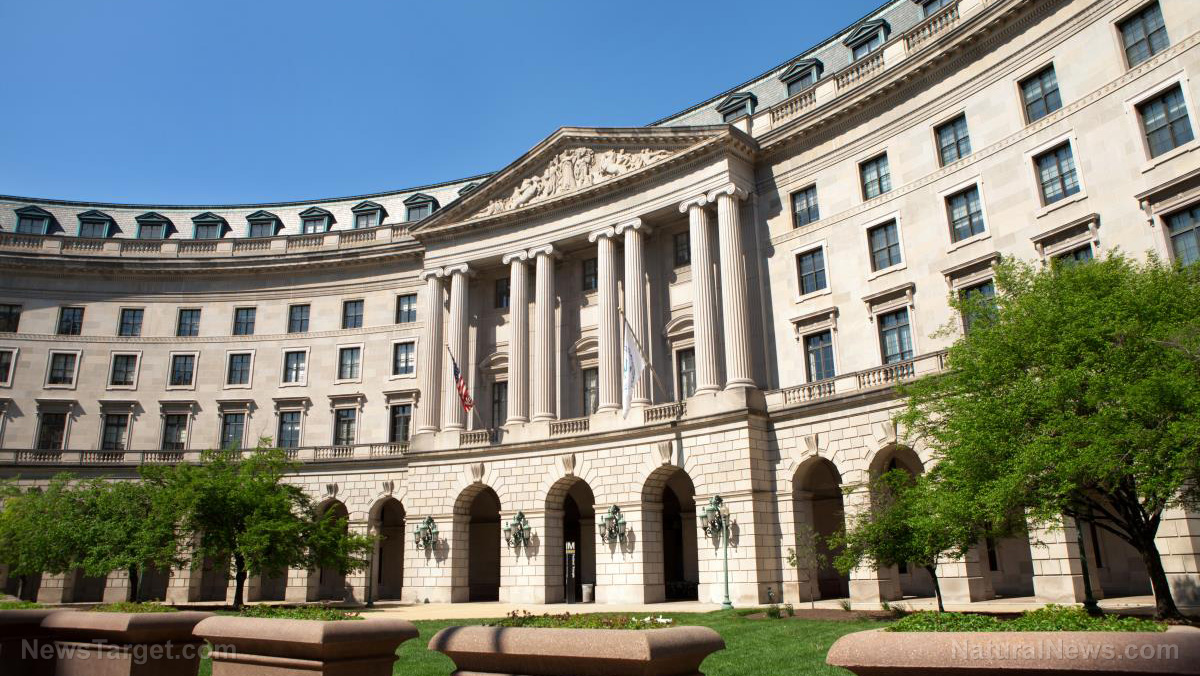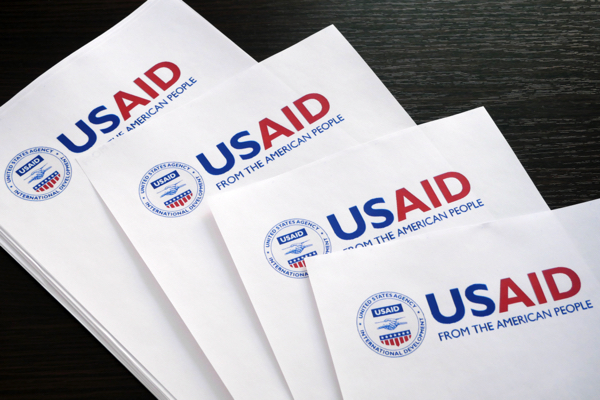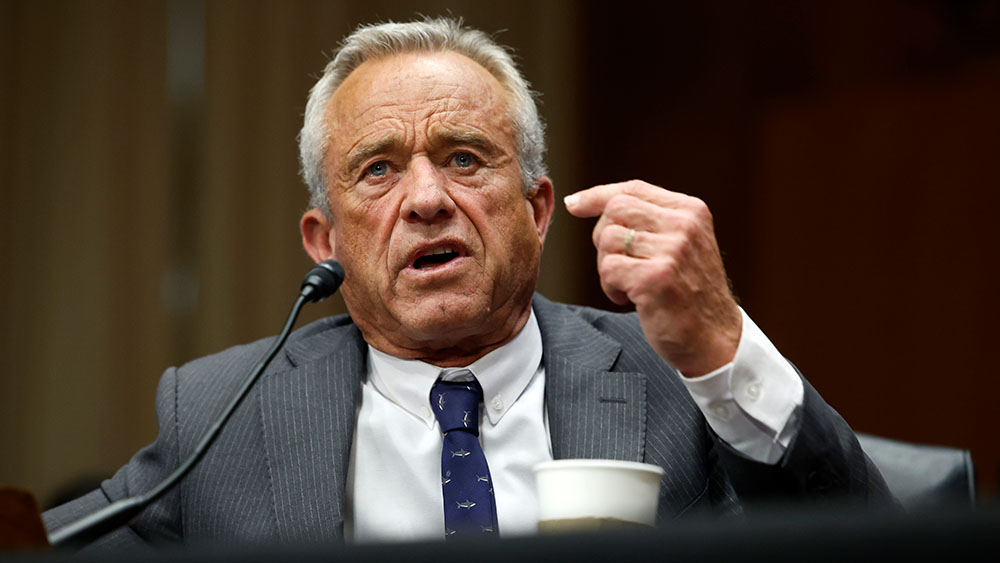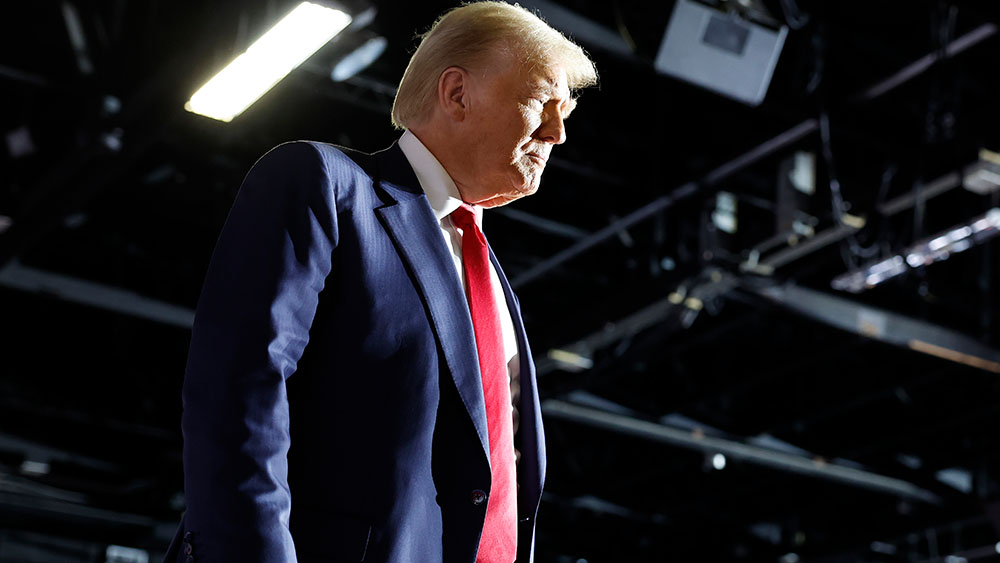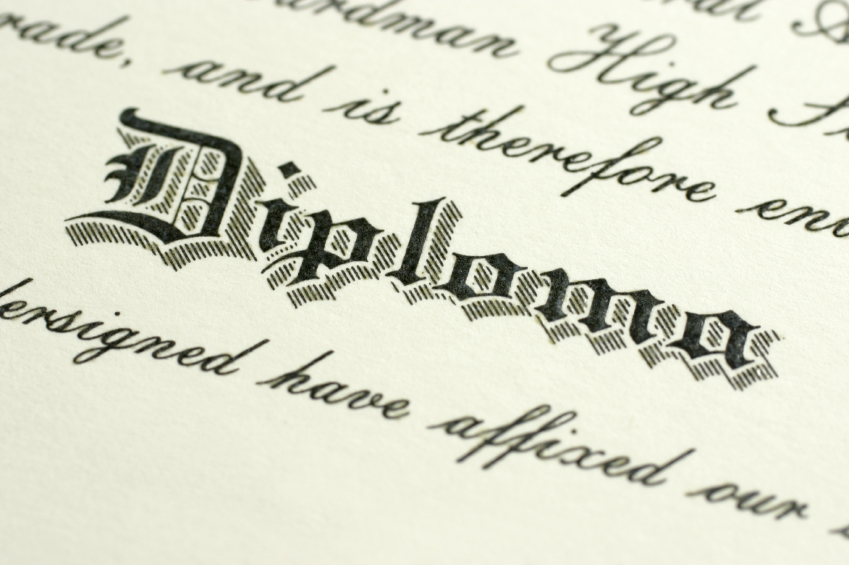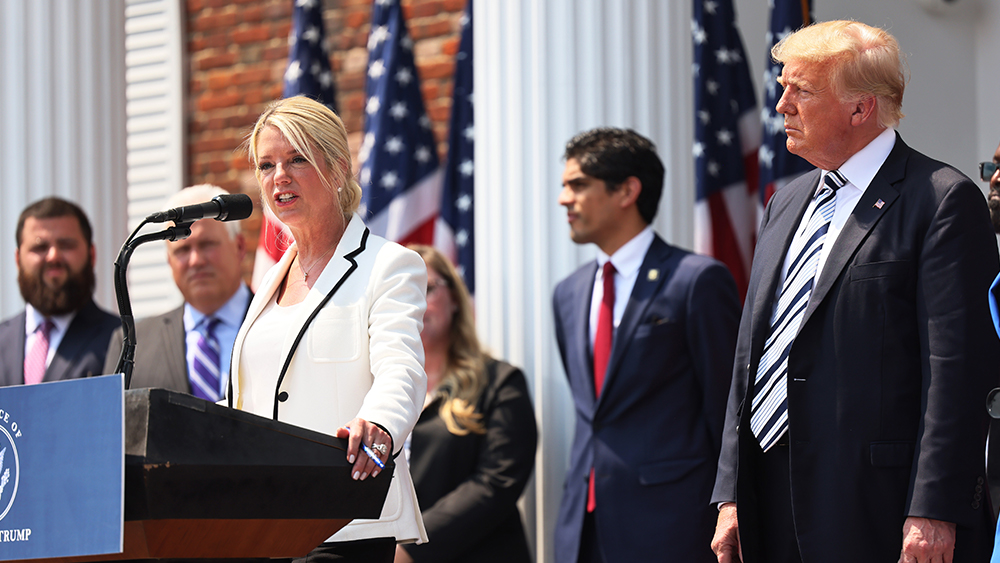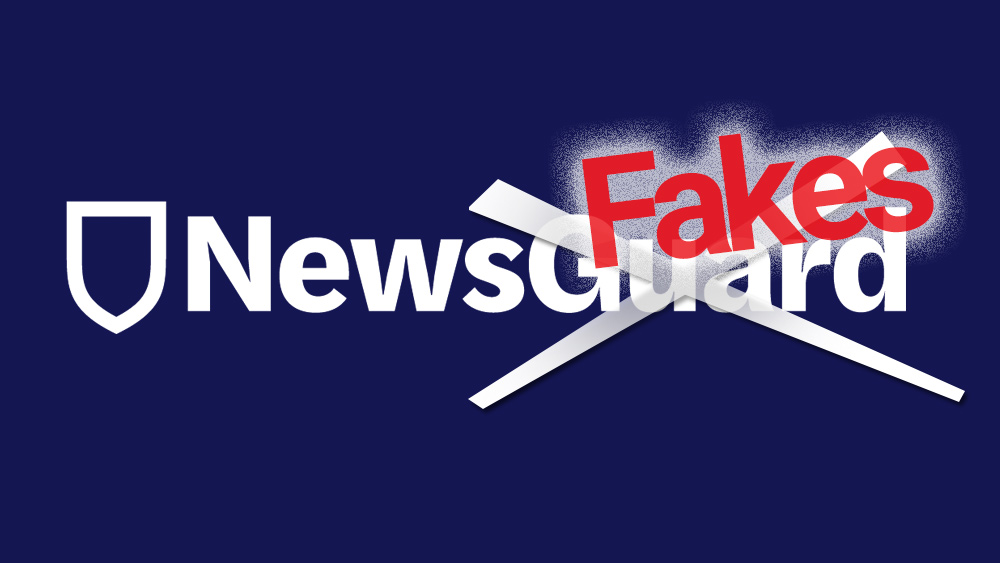Weimar Germany’s Papiermark HYPERINFLATION CRISIS serves as a stark reminder of the dangers of endless money printing
01/18/2025 / By Arsenio Toledo
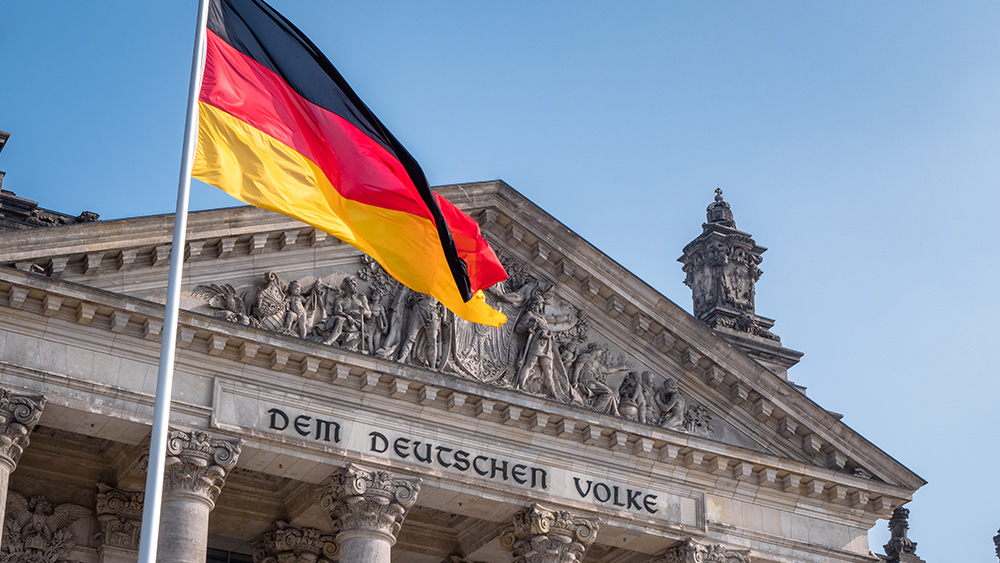
- Weimar Germany’s hyperinflation crisis stems from post-World War I reparations that forced the country to print excessive amounts of Papiermarks.
- This endless money printing led to hyperinflation and the rapid devaluation of the Papiermark.
- By November 1923, hyperinflation peaked with $1 equivalent to 238 million Papiermarks, with prices doubling every two days, rendering the currency virtually worthless.
- The currency crisis devastated Germany’s middle class, eroded trust in the government and created fertile ground for the rise of extremism in the form of the Nazi Party.
- Weimar’s hyperinflation crisis serves as a cautionary tale about the dangers of unchecked money printing and fiscal irresponsibility brought bout by the erosion of trust in economic and financial institutions.
In 1923, the post-World War I Weimar Republic of Germany experienced one of the most extreme cases of hyperinflation in modern history, which led to the German Papiermark being devalued by 3.5 billion percent at its peak.
What began as a strategy to finance Germany’s war reparations through unchecked money printing spiraled into an economic catastrophe that rendered the German Papiermark all but worthless.
By November 1923, the exchange rate had soared to 238 million Papiermarks to $1 with prices doubling every 49 hours. The crisis, worsened by the Allies occupying Germany and the loss of public trust in the Weimar government, devastated the country’s middle class and laid the groundwork for the political extremism of the late-1920s and early 1930s.
War reparations are at the root of Germany’s hyperinflation crisis
The seeds of Weimar Germany’s hyperinflation were sown during World War I. To fund its military efforts, the German government abandoned the gold standard and began printing money without backing, a decision that would have dire consequences.
Economist Karl Helfferich noted in 1915, “The only way to finance the cost of fighting the war is to shift the burden into the future through loans.”
This gamble relied on a German victory, which would have allowed the nation to offset its debts through reparations and territorial gains. However, Germany’s defeat in 1918 left it burdened with colossal debts and the punitive terms of the Treaty of Versailles.
The treaty required Germany to pay 6.6 billion British pounds in reparations, equivalent to over $585 billion today, in gold or foreign currency.
Unable to meet these demands, the government resorted to printing more Papiermarks to buy foreign currency, accelerating the devaluation of its own money.
By 1922, the Papiermark had plummeted to 4.2 trillion to $1, and inflation spiraled out of control.
In January 1923, France and Belgium invaded Germany’s industrial heartland, the Ruhr Valley, to seize reparations in the form of coal and timber. The German government encouraged workers to resist through strikes and passive resistance, promising to pay their wages. This decision further strained the economy, as the Reichsbank printed billions of marks to fund the strikes
By November 1923, 400 quintillion marks were in circulation, and the currency became virtually worthless.
Daily life in Germany descended into absurdity. Workers carried wheelbarrows of cash to buy basic goods, while children played with bundles of banknotes. Prices changed by the hour, and bartering replaced cash transactions. One anecdote from Hamburg illustrates the chaos: a man who ordered two cups of coffee at 5,000 marks each was charged 14,000 marks because the price had nearly doubled between sips.
Money printing-caused hyperinflation wiped out Germany’s middle class
The hyperinflation crisis devastated Germany’s middle class, wiping out savings and eroding trust in institutions. Historian Golo Mann described the crisis as “a second revolution,” destroying faith in the government and fostering widespread cynicism.
The economic turmoil created fertile ground for extremist ideologies, including the rise of Adolf Hitler and the Nazi Party. In 1923, Hitler railed against foreign profiteers and domestic elites, blaming them for Germany’s suffering.
The crisis finally abated in late 1923 with the introduction of the Rentenmark, a new currency backed by mortgages on land. Valued at one trillion Papiermarks to one Rentenmark, the new currency acted as an intermediary currency that helped stabilize the economy until the adoption of the more solid Reichsmark about a year later.
However, the damage caused by the Papiermark was done. The Weimar hyperinflation serves as a stark reminder of the dangers of unchecked money printing and fiscal irresponsibility.
Economist Milton Friedman famously argued that “inflation is always and everywhere a monetary phenomenon,” a lesson underscored by Germany’s experience.
Today, as governments worldwide grapple with rising debt and inflationary pressures, the Weimar crisis offers a cautionary tale about the limits of monetary policy and the importance of maintaining public trust in economic institutions. (Related: Citi says apocalyptic hyperinflation is coming, Germany’s central bank agrees.)
As historian Martin Geyer observed, “Inflation took the basic law-and-order principles of loyalty and trust to the extreme.”
The collapse of the Papiermark not only devastated an economy but also shattered a society, leaving scars that would shape the course of history. In an era of unprecedented fiscal challenges, the lessons of Weimar Germany remain as relevant as ever.
Watch this clip from the “Thrivetime Show” warning about whether or not the United States is turning into a modern-day Weimar Republic.
This video is from the Thrivetime Show channel on Brighteon.com.
More related stories:
Economist warns dollar purchasing power nosediving to nearly zero as U.S. enters HYPERINFLATION ERA.
Sources include:
Submit a correction >>
Tagged Under:
big government, currency crash, Currency Crisis, currency reset, finance riot, financial crash, history, hyperinflation, Inflation, Money Printing, money supply, papiermark, Rentenmark, Weimar Germany, world war I
This article may contain statements that reflect the opinion of the author
RECENT NEWS & ARTICLES
COPYRIGHT © 2017 COLLAPSE.NEWS
All content posted on this site is protected under Free Speech. Collapse.news is not responsible for content written by contributing authors. The information on this site is provided for educational and entertainment purposes only. It is not intended as a substitute for professional advice of any kind. Collapse.news assumes no responsibility for the use or misuse of this material. All trademarks, registered trademarks and service marks mentioned on this site are the property of their respective owners.

